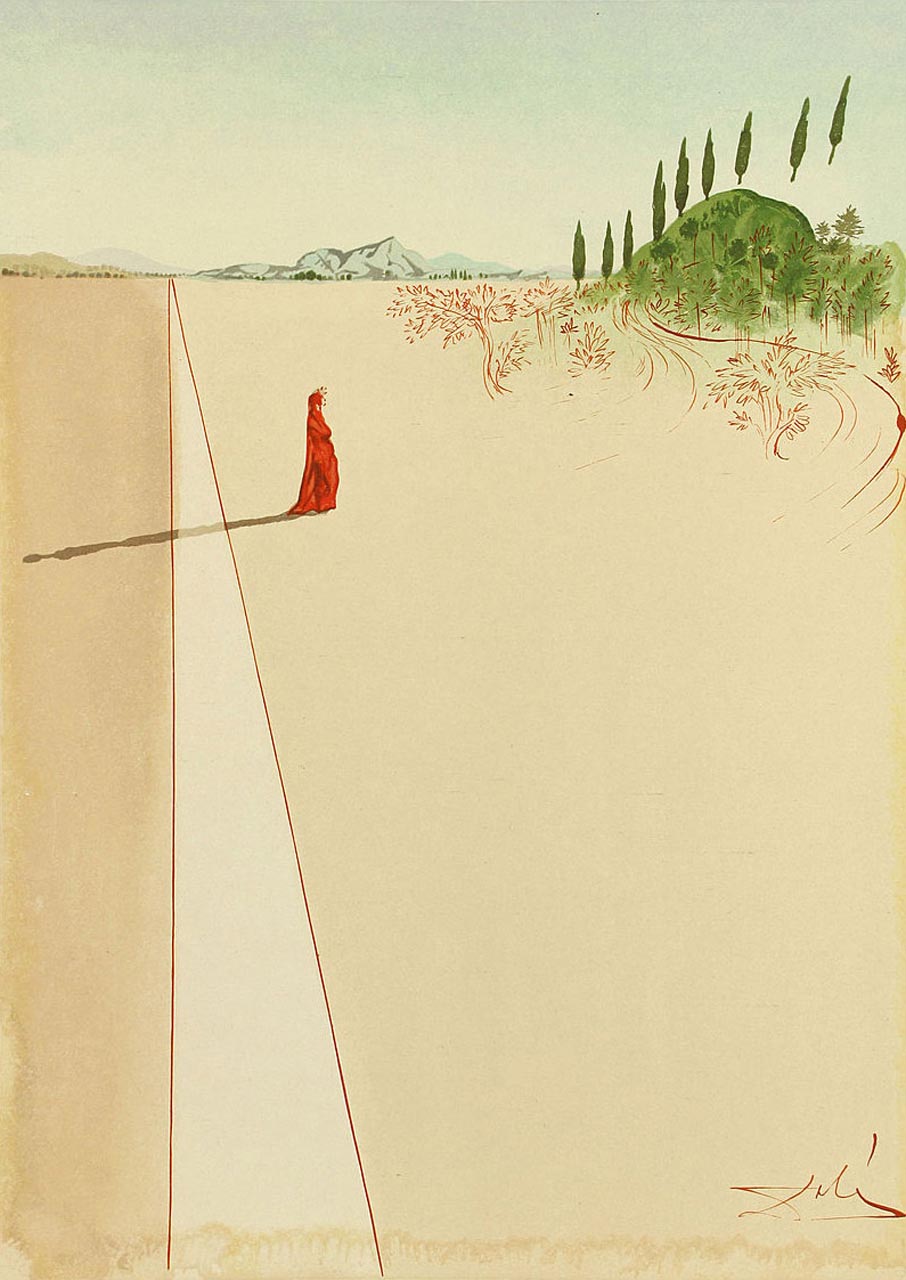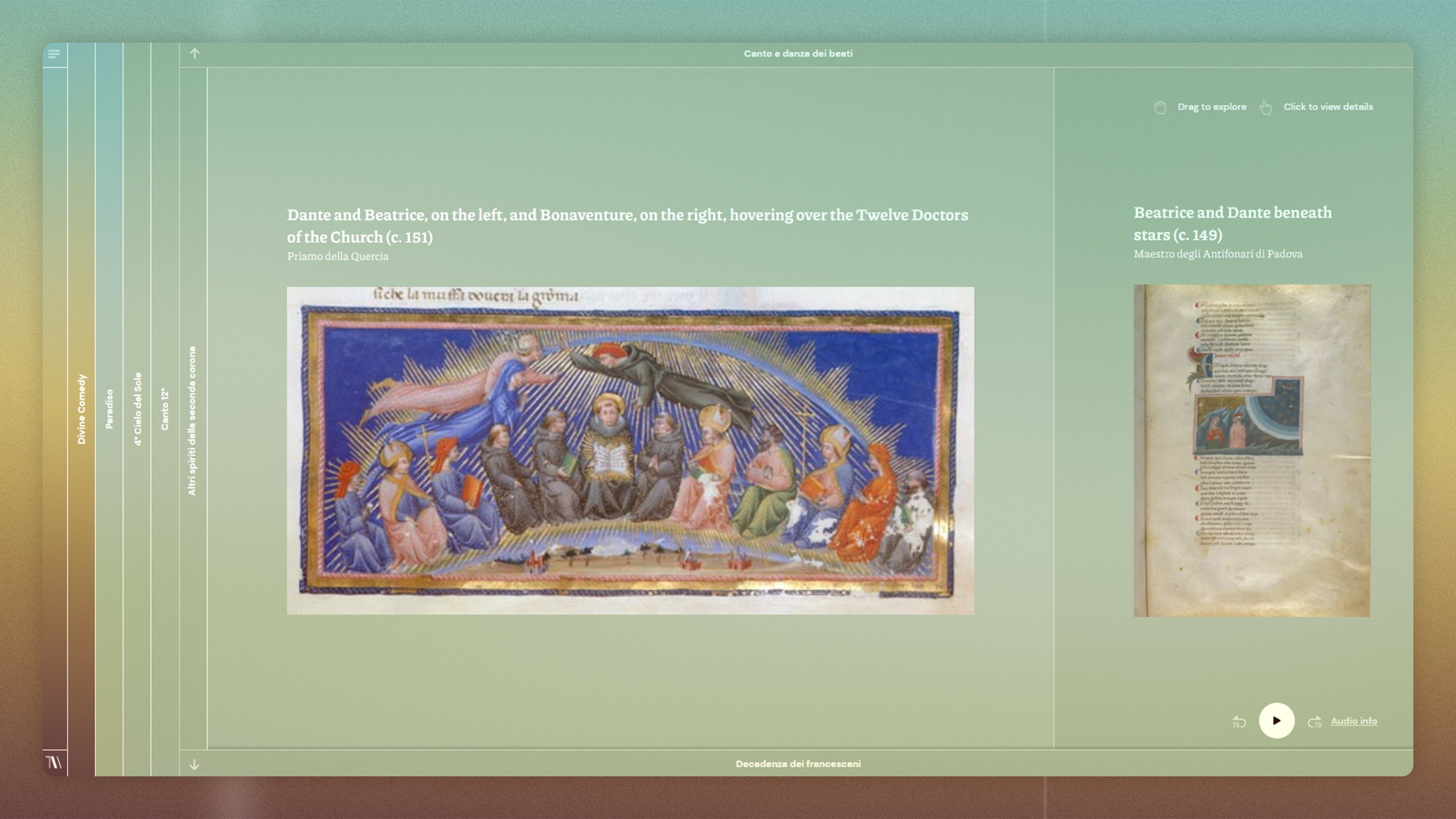Many actors have played Andy Warhol over the years, but not as many as you might think. Crispin Glover played him in The Doors, Jared Harris played him in I Shot Andy Warhol, Guy Pearce played him in Factory Girl, and Bill Hader played him in Men in Black III, but with a twist: he is actually an agent who is so bad as his cover role as an artist, he’s “painting soup cans and bananas, for Christ sakes!” On television John Cameron Mitchell has acted the Warhol role in Vinyl, and Evan Peters briefly portrayed him in American Horror Story: Cult.
But you might suspect our favorite Warhol would be the one acted by David Bowie in Julian Schnabel’s 1996 Basquiat, the biopic of the Black street artist who was taken into the art world fold by Warhol, and wound up collaborating with him in last works by both artists. Jeffrey Wright plays Basquiat in one of his earliest roles.
Now, you might watch this scene from Basquiat above (and another below) and say, well, that’s just mostly Bowie. But I would say, yes, that’s kind of the point. Andy Warhol is an enigmatic figure, a legend to many, a man who hid behind a constructed persona; David Bowie is too. When one plays the other, a weird sort of magic happens. Fame leaks into fame. Many actors might do better with the mannerisms or the voice, but the charisma…that is all Bowie. After singing about the painter back in 1972, Bowie finally collapsed their visions together in the art of film, where reality and fantasy meet and meld.
Around this time in the mid 1990s, Bowie was very much a part of the New York/London art scene. He was on the editorial board of Modern Painters magazine and interviewed Basquiat director (and artist) Julian Schnabel, Tracey Emin, Damien Hirst, and Balthus. A conceptual artist-slash-serial killer became one of the main characters of his overlooked 1995 Eno collaboration Outside. He was both a collector and an artist, which we’ve focused on before. And he was thinking about the new world opening up because of the internet. Bowie’s artist brain saw the possibilities and the dangers, and also the raw capitalist potential. He offered shares in himself as an IPO in 1997 and released a single as Tao Jones Index, three puns in one. Bowie never predicted the idiocy of the NFT, but he certainly would have laughed wryly at it.
In this Charlie Rose interview to promote Basquiat, Bowie and Schnabel discuss the role of Warhol, the role of art, and the reality of the art world.
“It was more of an impersonation, really,” says Bowie about his Warhol. “That’s how I approach anything.” Of note, however, is how quickly Bowie moves away from discussing himself or the film to talk about larger issues of art and commerce. Bowie does admit that he and Schnabel disagree on a lot of things, and you can see it in their body language. But there’s also a huge respect. It’s a fascinating interview, go watch the whole thing.
Bonus: Below watch Bowie meeting Warhol back during the day…
Related Content:
96 Drawings of David Bowie by the “World’s Best Comic Artists”: Michel Gondry, Kate Beaton & More
The Odd Couple: Jean-Michel Basquiat and Andy Warhol, 1986
When David Bowie Launched His Own Internet Service Provider: The Rise and Fall of BowieNet (1998)
Ted Mills is a freelance writer on the arts who currently hosts the Notes from the Shed podcast and is the producer of KCRW’s Curious Coast. You can also follow him on Twitter at @tedmills, and/or watch his films here.








